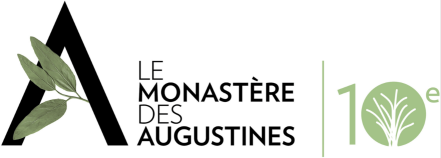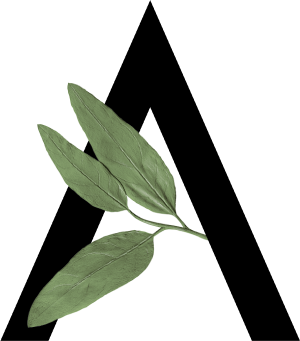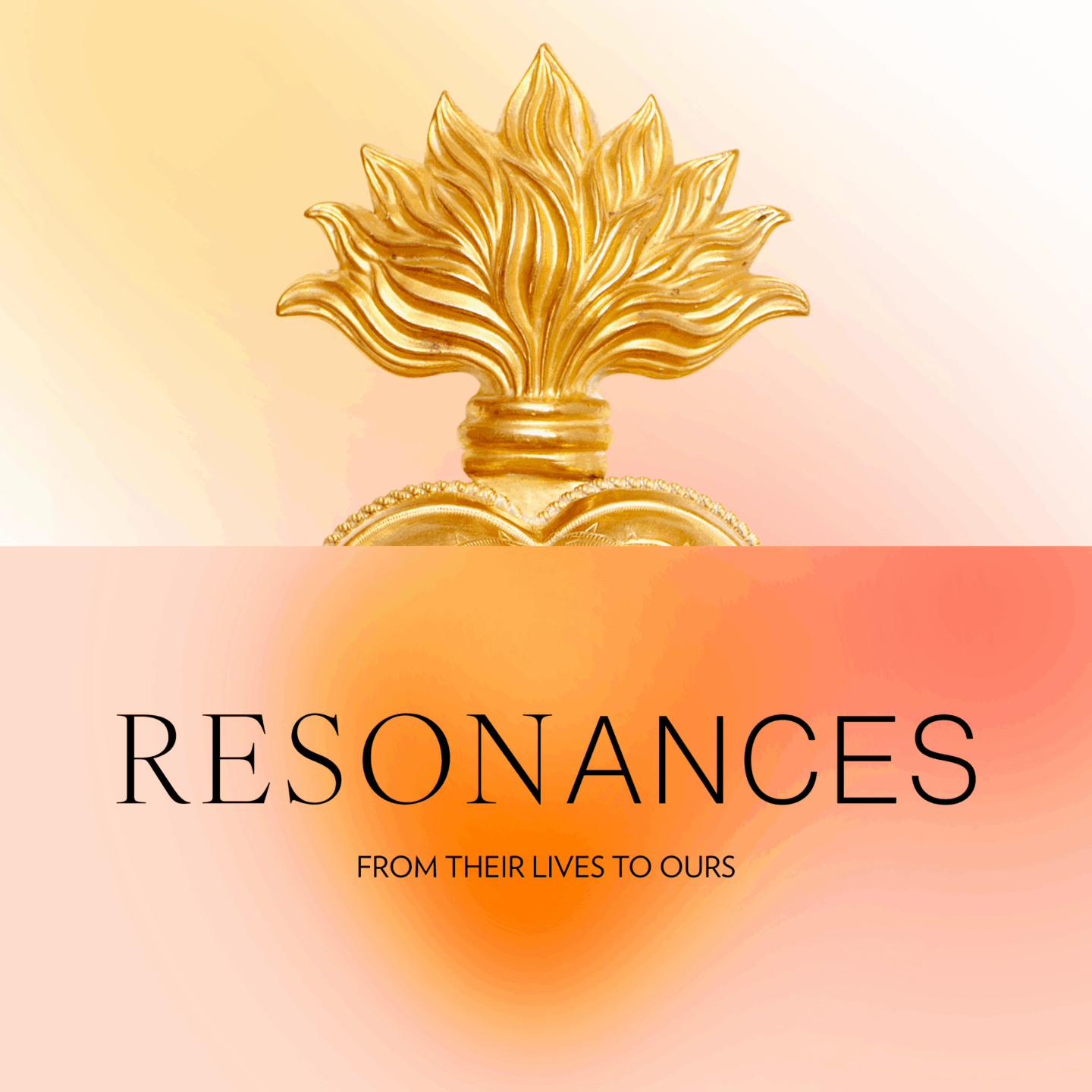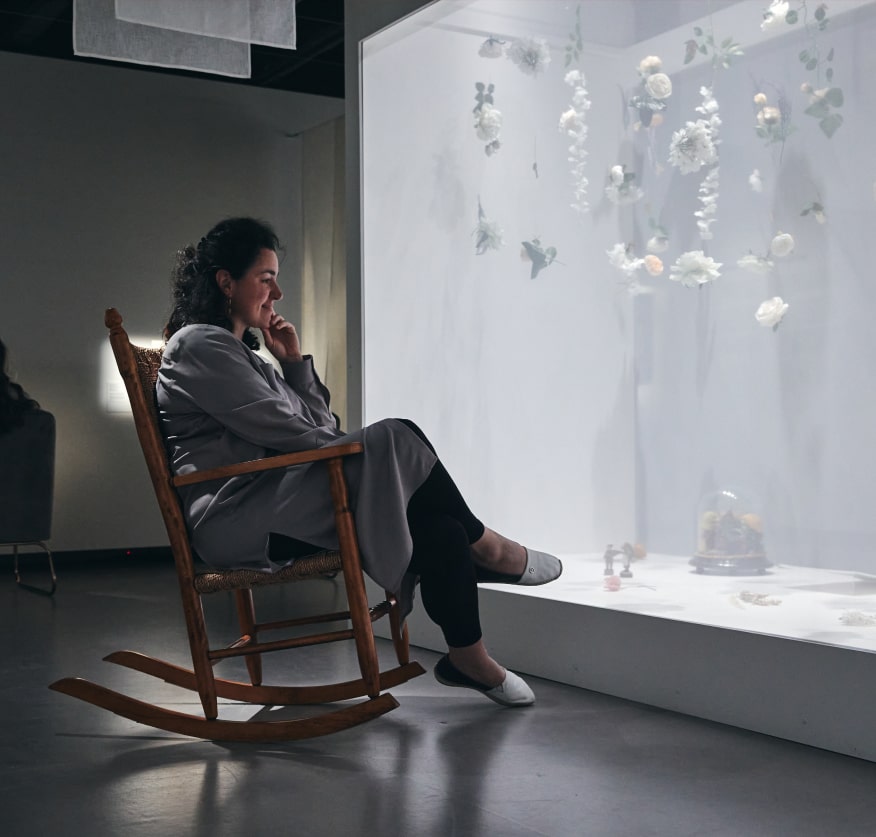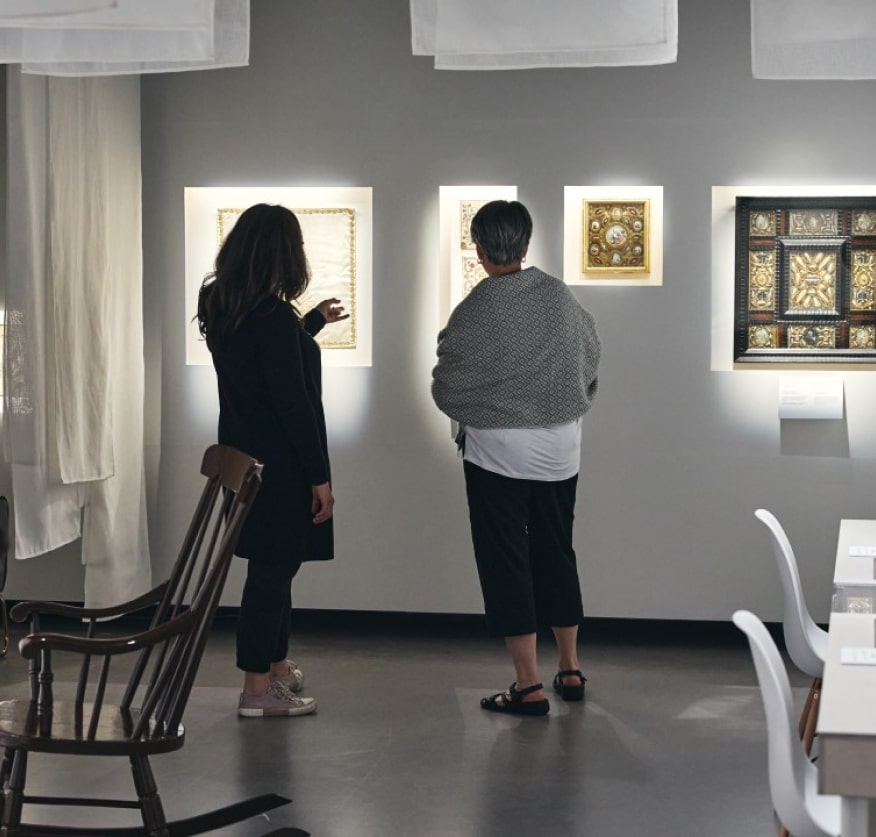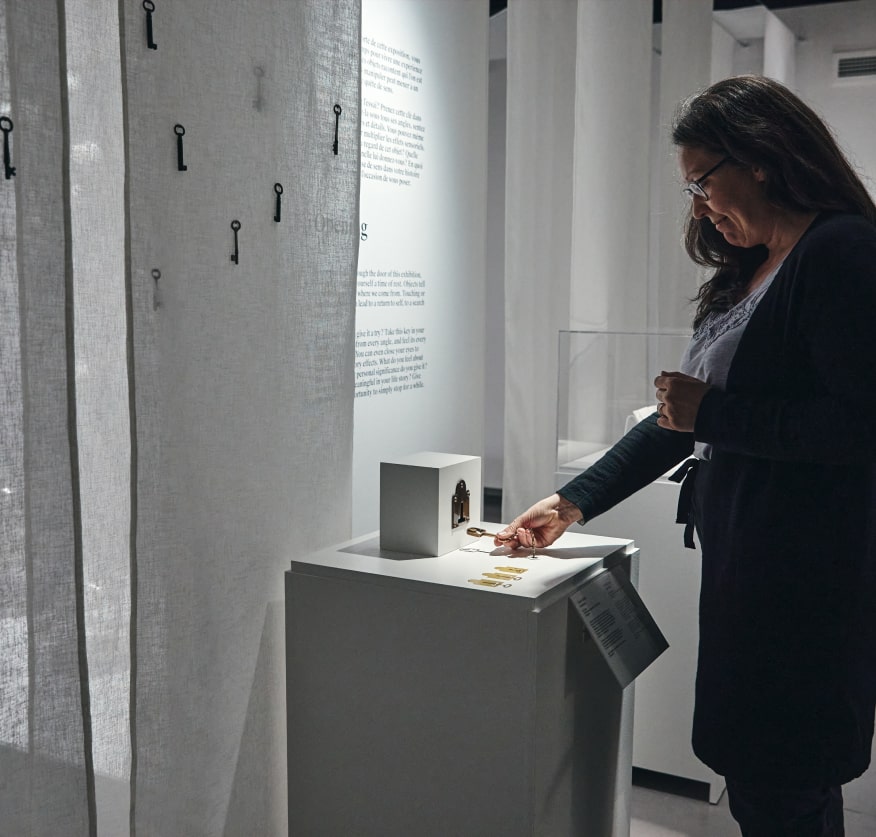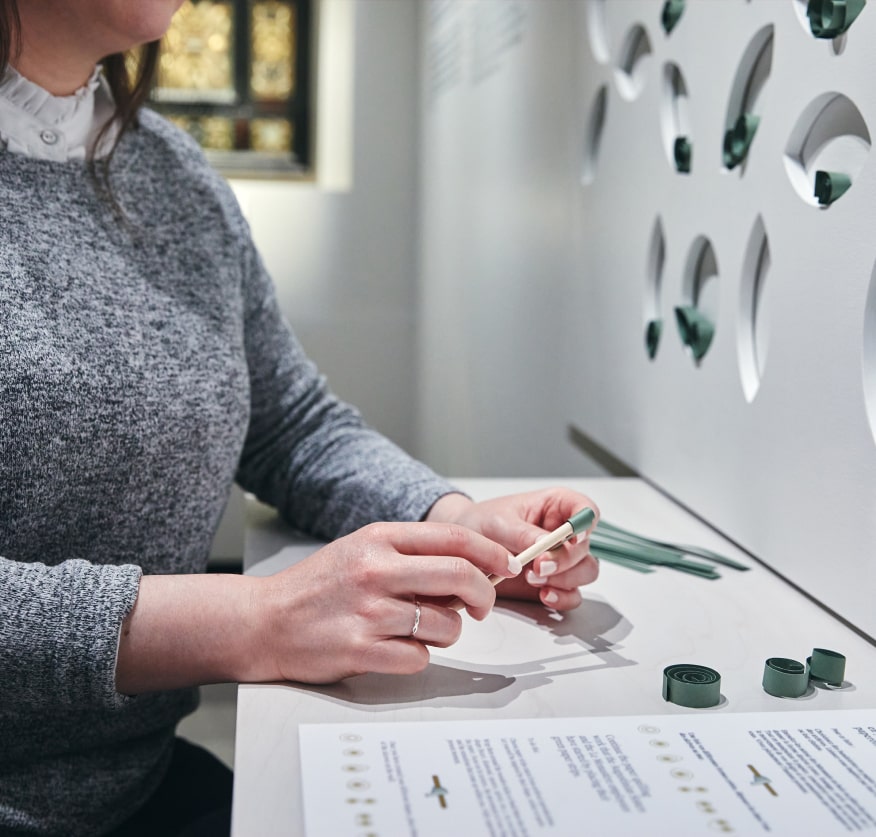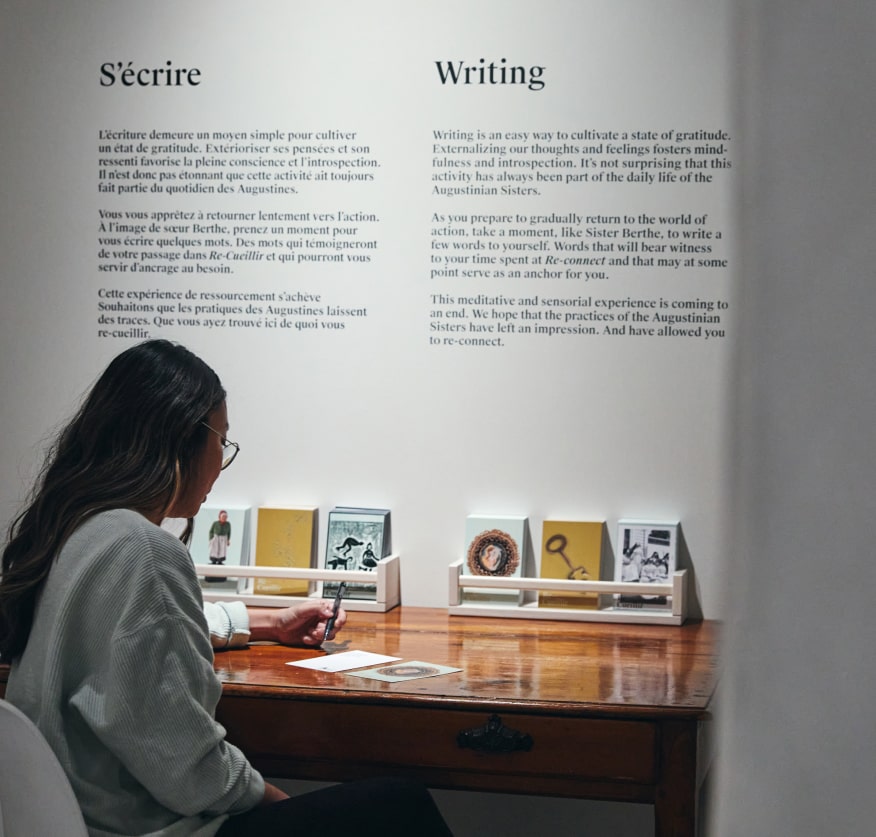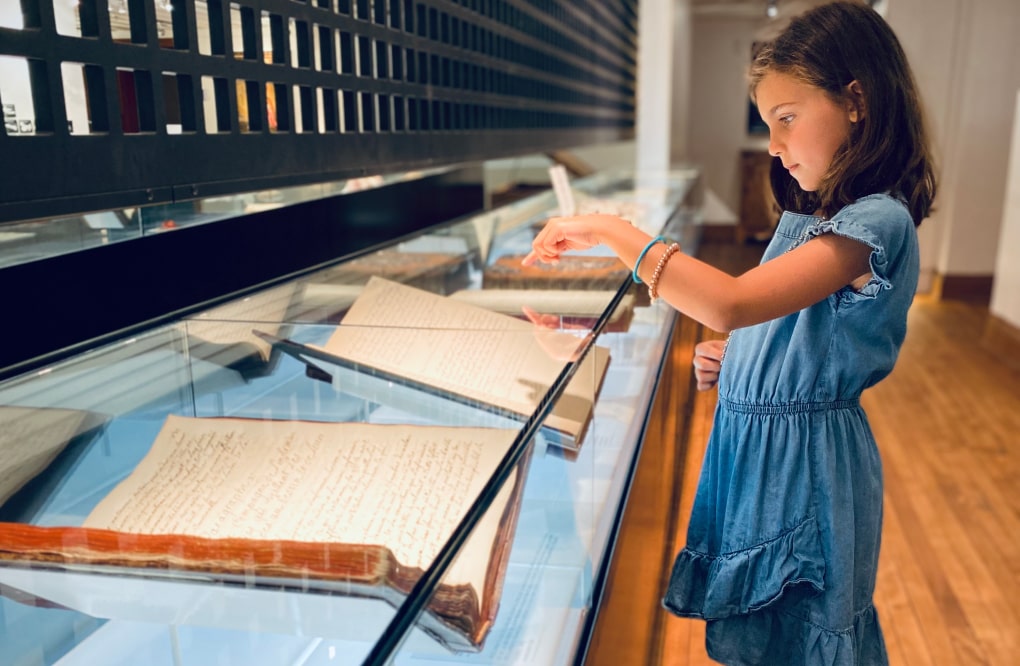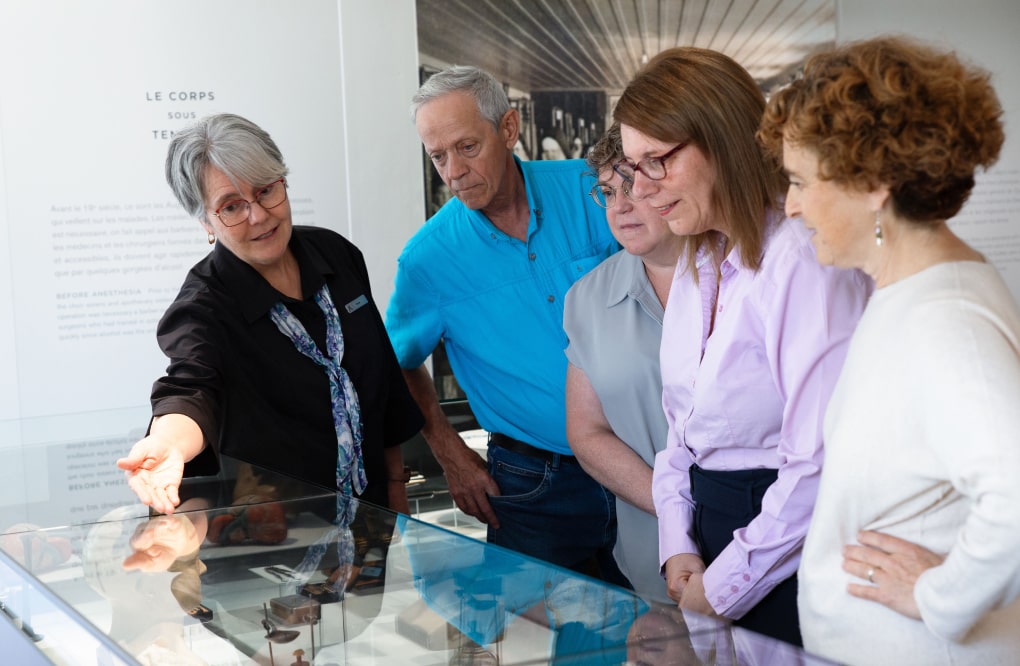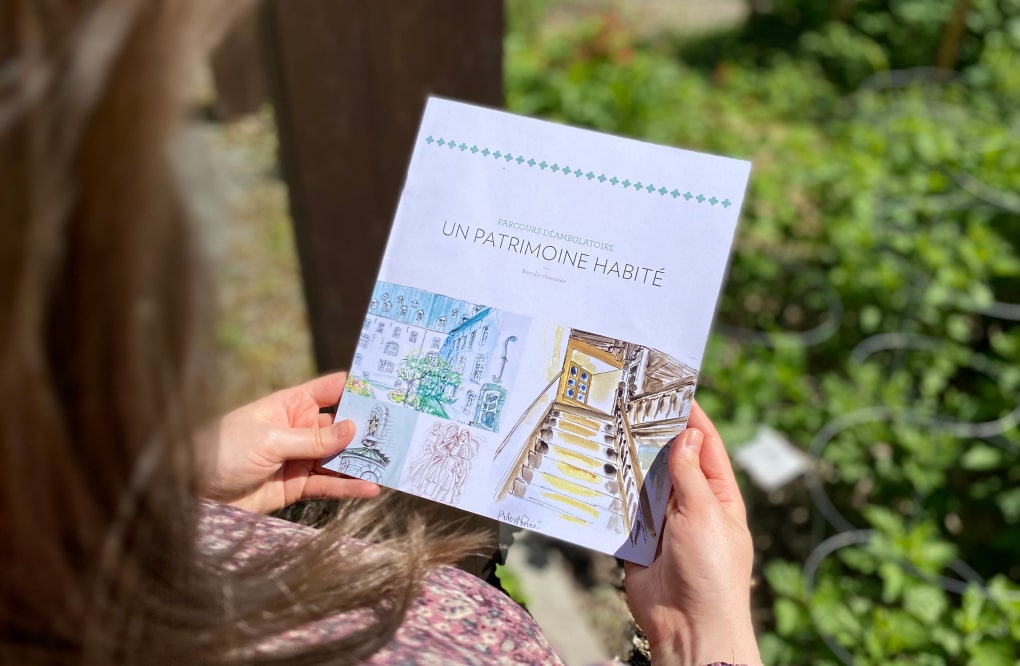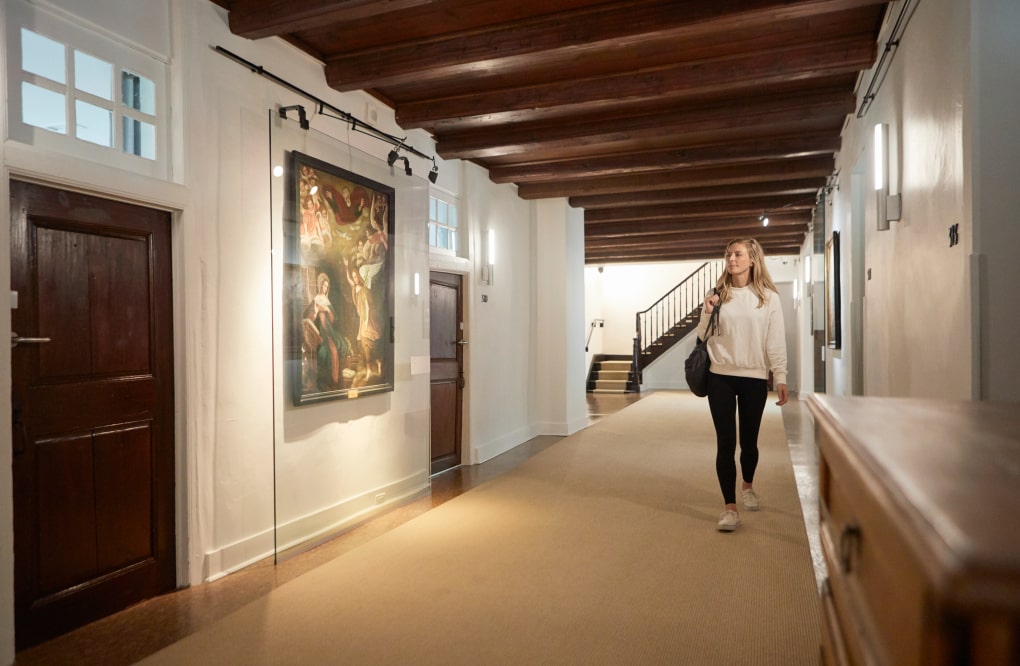Le Musée du Monastère is open daily from 10 a.m. to 5 p.m. During the holiday season, Le Musée will maintain its regular schedule.
Le Musée du Monastère
At Le Musée du Monastère des Augustines, the museum experience has been centred on healing for nearly four centuries. Heritage and history are approached in an original and authentic way, with the aim of promoting well-being. It is a unique place to discover in Old Québec!
From December 18, 2025
Resonances
Resonances. From Their Lives to Ours is an invitation to explore the legacy of the Augustinian Sisters through a self-guided experience. Blending heritage and wellness, the exhibition encourages visitors to let the history and values of the Augustinian Sisters resonate in their own lives. What if the past could help us better inhabit the present?
This exhibition coincides with the 375th anniversary of the birth of Sister Saint-Ignace, one of the first Canadian historians. Her work, marked by rigor and a deep commitment to memory, inspired the narrative approach of Resonances, which seeks to amplify the voices of the Augustinian Sisters and open a space for reflection on care and heritage.
This project was made possible in part thanks to the financial support of the Government of Québec, the Government of Canada, Destination Québec Cité, and the City of Québec.
Available until winter 2027
Re-Connect
Re-Connect is a temporary exhibit that covers the theme of relaxation and renewal. Based on a museotherapy approach, it is inspired by the contrast between action and contemplation experienced by the Augustinian Sisters. Through archives and artifacts, Re-Connect allows visitors to experience the duality that gave rhythm to the lives of the Augustinians as they constantly oscillated between caring for the sick in the hospital and contemplation in Le Monastère.
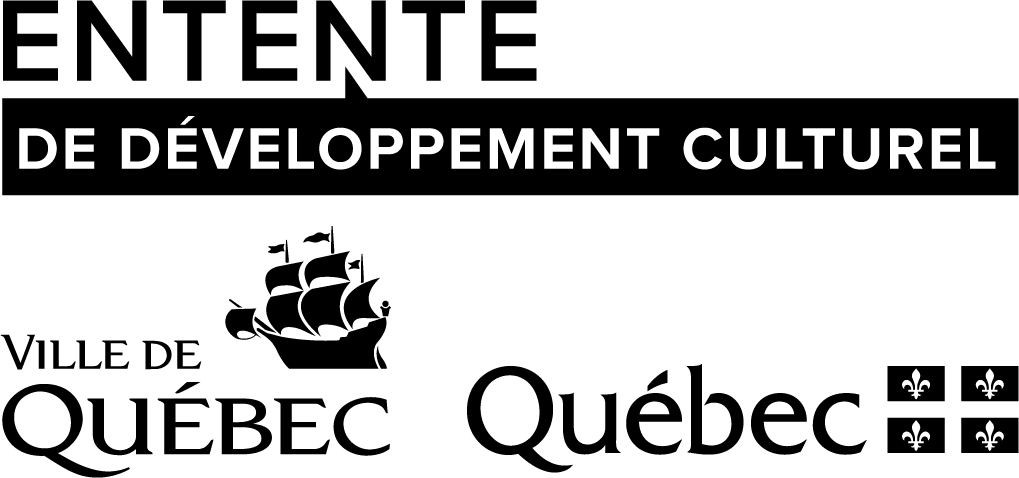
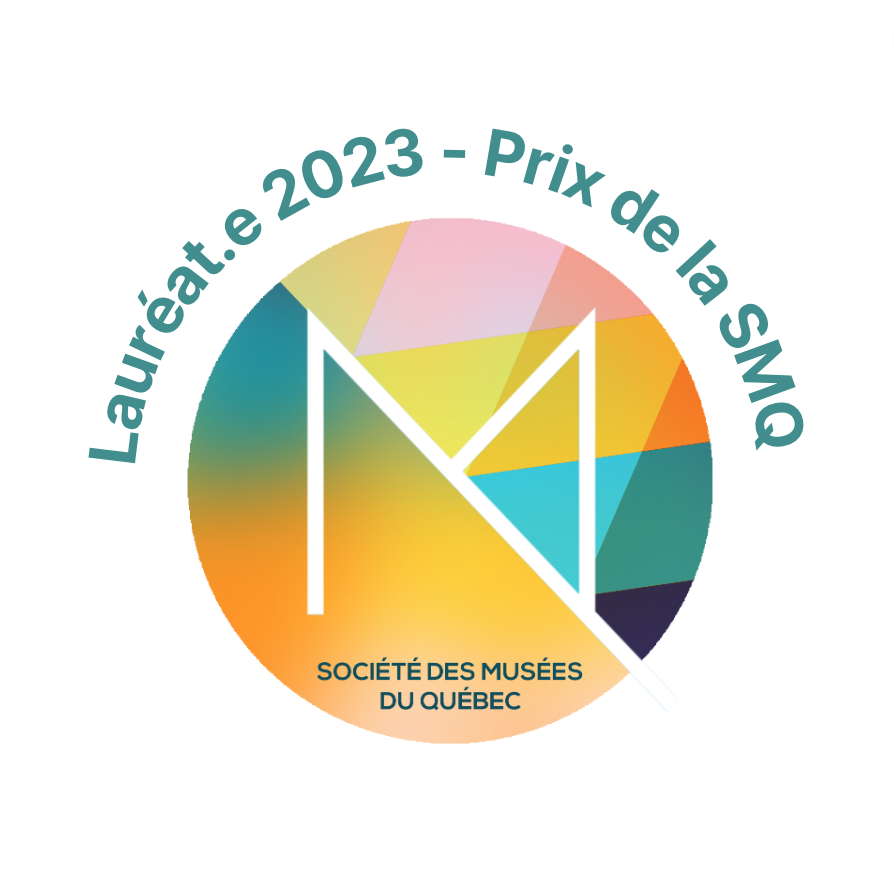
Guided tour “Secrets of the Building”
Discover our guided tour “Secrets of the Building”! Le Monastère des Augustines bears witness to the principles of monastic architecture in North America. This exceptional convent complex embodies both the memory of the Augustinian sisters and the history of Quebec, from the beginnings of New France to rehabilitation of Le Monastère in 2015. An invitation to discover the history of the Augustinian sisters through the architectural evolution of their founding monastery.
Information about Le Musée du Monastère des Augustines
Le Musée du Monastère des Augustines reflects the Augustinian Sisters’ vision to make their heritage accessible to the general public. Come and discover this exceptional legacy. It’s yours to explore!
Opening hours
Entry fees
General
$17
Students and seniors
$14
Children aged 12 to 16
$10
Children aged 0 to 11
Free
Family
(2 adults and 3 children maximum)
$44
Taxes included
Guided tours
The schedule of guided tours changes each week according to the availability of the guides. For tour times, please ask at reception or call us.
Tours and group activities
Take advantage of our special group rates. Whether you’re visiting Le Monastère for school or other purposes, we’ll make sure your visit is a memorable one!
Museum activities
Would you like to visit Le Musée du Monastère des Augustines in a different way? Whether you’re on your own or in a group, we’ve got several options for you.
Activity calendar
Cultural and wellness activities steeped in Augustine heritage are at your fingertips. Be curious and enjoy!
Add a meal or a massage
Our daily passes allow you to experience Le Monastère without sleeping there. They include an access to Le Musée du Monastère des Augustines, a supper at Le Vivoir restaurant or a massage, and a gentle yoga or meditation session. Enjoy a few hours of culture, relaxation and mindful eating!
A carefully preserved treasure
Since the 17th century, the Augustinian sisters have been the guardians of unexpected treasures. The heritage preserved in our museum collection and archives contributes to our collective memory. It makes Le Monastère an exceptional center for research on the history of the Augustinian sisters and the society in which they worked.
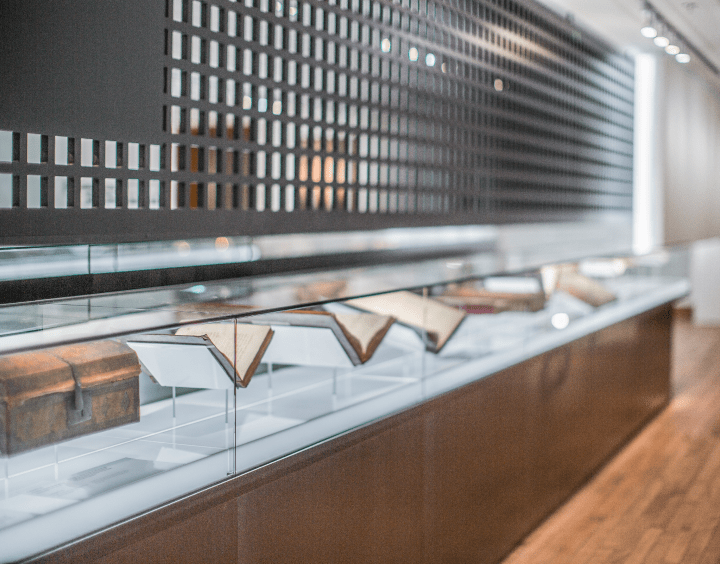
Our research areas
Find out what research is being carried out at Le Monastère to preserve and enhance the Augustinian heritage.
